Nowadays password unlocking is outdated. The most common ones are biometric technology for unlocking smartphones. Common methods include fingerprint scanning, facial recognition, voice recognition and iris scanning. Smartphones without passwords are ubiquitous.
It seems that every high-end smartphone (and even many less high-end smartphones) already has some form of security features, including the use of body parts as a form of authentication. Many phones will scan your fingerprints and even your face. These features, known as "biometrics," have become standard on mobile devices because they offer many different features.
On October 14, 2004, at the International Biometrics Conference in London, a man was using an iris recognition scanner
Most importantly, biometrics are used to unlock devices like smartphones and tablets to get into their home screen, where you can save all your files, apps and private data. The most common biometric technologies include fingerprint scanning, facial recognition, speech recognition, and iris scanning.
Fingerprint scanningWhen Apple introduced the iPhone 5S in 2013, it was the first smartphone equipped with a fingerprint scanner that looked like something in science fiction. Users can register their fingerprints on the iPhone and use them to unlock their phones. After that, they will be able to do something similar to authentication before processing Apple Pay Payments Apple Pay.
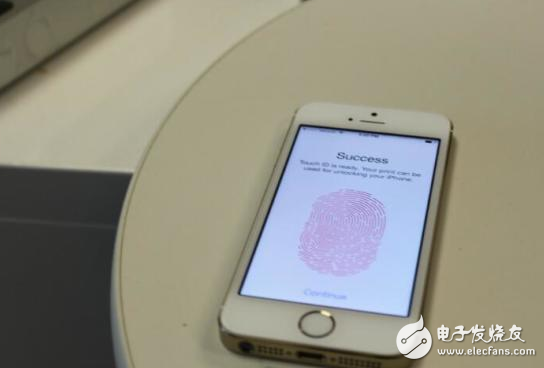
iPhone 5s is one of the first mainstream devices to use fingerprint scanners
Since the release of the iPhone 5S, many smartphone manufacturers have followed suit and launched their own fingerprint scanners. In 2017 alone, the number of smartphones equipped with fingerprint scanners has reached alarming levels, including Apple's iPhone 8/8 Plus, Samsung's Galaxy S8 and Galaxy Note 8, LG's G6 and V30, and Huawei's Mate 10. Google's Pixel 2 and Pixel 2 XL, OnePlus 5 and 5T, EssenTIal Phone and HTC's U11.
2. Facial recognitionSamsung's Galaxy S8 is one of the first flagship smartphones to feature facial recognition, but Google also launched a smartphone with this feature in 2011, even though it is also a Samsung-made device, the Galaxy Nexus. At that time, Face Unlock was considered too fancy and not very easy to use. Google's Nexus series is little known outside of the Android community, making facial recognition more obscure.
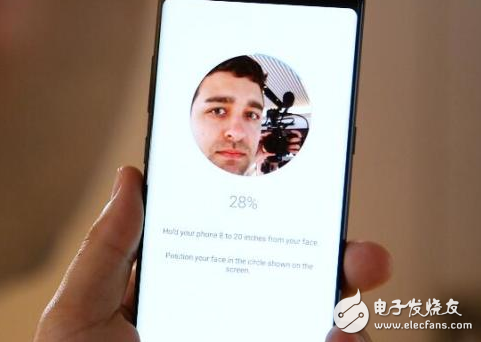
Face recognition on the Samsung Galaxy Note 8
Galaxy S8 helps promote facial recognition to unlock your phone. Apple also introduced facial recognition into the high-end iPhone X. This is the first iPhone without a physical home button, and the first iPhone to give up Apple's traditional Touch ID unlocking method. After registering your face on iPhone X, users can instantly access their home screen or pay for purchases via Apple Pay by simply lifting the device up to the face.
While Face ID is secure enough to validate Apple Pay purchases, facial recognition software on many Android smartphones is considered insecure and cannot be used for banking or mobile payment applications. However, many Android devices still have multiple biometric security options. In addition, users can register multiple different options at the same time or set them to different functions. For example, a user can set face recognition to unlock the device, but use a fingerprint scan to verify the purchase.
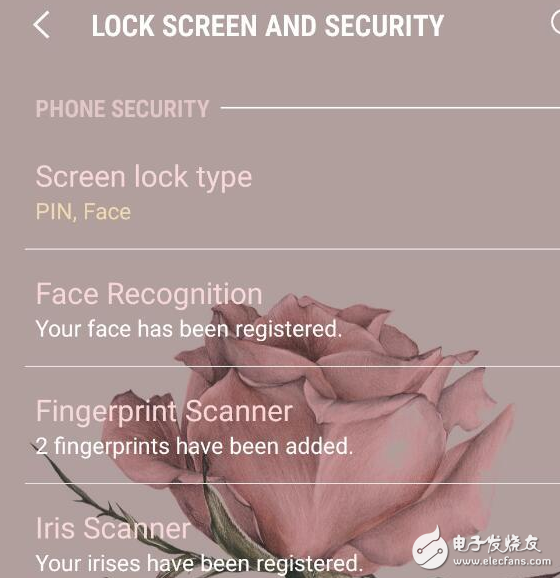
The Galaxy S8 has biometric features such as facial recognition, fingerprints and irises.
Some devices also have secure folders or allow users to use other accounts where users can store sensitive information, such as work-related data. Biometrics can be used to access these areas even after the device user has logged into the main part of the smartphone. Facial recognition technology on smartphones is beginning to catch on. In addition to the iPhone X and Galaxy S8, new products including Galaxy Note 8, LG V30, OnePlus 5T, HTC U11, Huawei P10, Moto G5, Xiaomi Mi 6 and Xiaomi Mi MIX 2 have recently been introduced.
3. Iris scanIris scanning on smartphones may be more common than many consumers realize, mainly because this feature has been included on many unknown devices, while others are released overseas. The first smartphones to use iris scanning included the Fujitsu NX F-04G and the Microsoft Lumia 950 released in 2015. Samsung also configured the iris scanning feature on the fateful Galaxy Note 7 launched in 2016, and then applied it to the Galaxy S8 and Galaxy Note 8 launched in 2017.
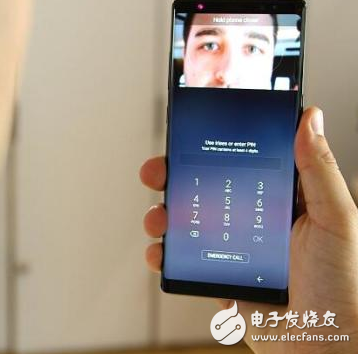
Samsung Galaxy Note 8 is equipped with iris scanning
Like facial recognition, iris recognition allows the user to register the iris on the device. To unlock the phone, the user simply lifts the phone up to the face and points the scan frame at the eye. Like facial recognition on many Android smartphones, iris scanning is also considered insecure and cannot be used to verify banking and payment-related applications. It is basically used to satisfy user preferences.
On devices such as the Galaxy S8 and Galaxy Note 8, users can register for iris scanning and facial recognition at the same time, but in addition to the fingerprint scanner, the user can only set one biometric option at any time. Users must also have a pin code, password, and mode security as a backup to prevent any or all biometric options from failing.
4. Speech recognitionInterestingly, speech recognition as a biometric option was not widely accepted when several major brands such as Apple, Google, Amazon, and Microsoft pushed voice-activated hardware and software assistants. Despite this, such products and technologies are still easily supported by consumers. The LG V30 smartphone includes Voice Print, which allows users to set a phrase that the phone can recognize and act as an unlock command.
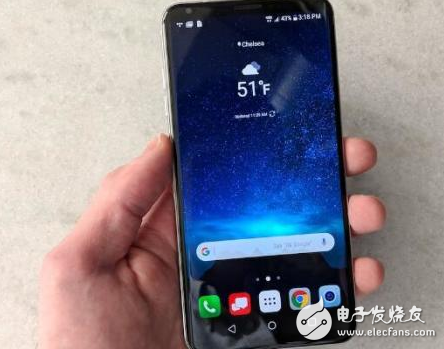
The LG V30 is one of the few devices that use voice recognition as an unlocking feature.
Speech recognition is also rooted in the Android operating system through the Smart Lock settings. Users can sign up for voice using Google Assistant and then enable the "Unlock with Voice Match" setting on their Android smartphone.
Kadena public chain is the world's first and only Layered -1 PoW blockchain that can be segmented and extensible.
Through its unique "fragmented multi-chain structure", it achieves the following characteristics:
Security. Thanks to Bitcoin's proven economic model, millions of miners defend the assets on the chain
Scalable. Performance breakthroughs are achieved by infinitely increasing parallel Bitcoin-like blockchains
Many chain structure
Going back to what users are concerned about, when you use the Kadena public chain:
There's no need to wait. Up to 480,000TPS transaction processing speed, helping you achieve "second to second transfer"
There is no need to pay high fees. Benefit from the superior expansion performance, your commission fee can be as low as 0.1 yuan or even free!
Not only that, but Kadena's powerful Pact smart contract provides developers with an extremely convenient and creative research and development tool, which is driving the development of blockchain applications at a very low barrier to entry to truly reach a large number of users.
Kadena Mining Machine:Bitmain Antminer KA3 (166Th),Goldshell KD Max,Goldshell KD6,iBeLink BM-K1 Max,
Goldshell KD6-SE,Goldshell KD Lite
Kadena Mining Machine,Goldshell Kd5,KD Box pro,ibelink bm k1 max miner,goldshell kd6
Shenzhen YLHM Technology Co., Ltd. , https://www.hkcryptominer.com
